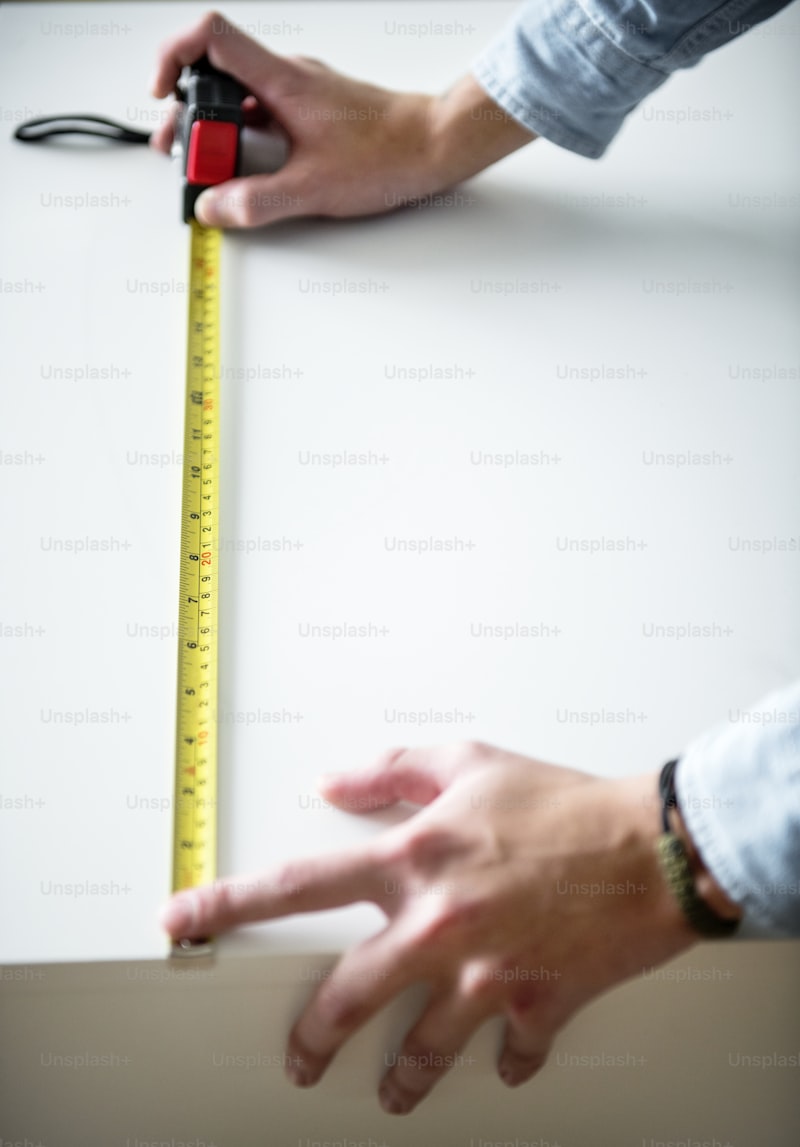Essential Tips for Measuring Yourself Accurately: Achieve Perfect Fit and Style
Whether you're shopping for clothes online, preparing for a fitness journey, or simply want to update your wardrobe, mastering the skill of measuring yourself accurately is essential. Accurate measurements ensure that the clothes you purchase fit well and enhance your overall appearance. In this article, we’ll cover crucial tips for measuring yourself accurately. We’ll also dive into why these measurements matter, what tools you’ll need, and some frequently asked questions.
Why Accurate Measurements Matter
When it comes to fashion, fit is everything. Incorrect measurements can lead to ill-fitting clothes that can affect your comfort and confidence. By understanding your body measurements, you can:
- Purchase clothes that fit properly, reducing return rates for online orders.
- Tailor outfits to your unique shape and size.
- Enhance your overall appearance by selecting the right styles for your body.
- Track your fitness progress effectively.
Tools You’ll Need for Accurate Measurements
Before you start measuring, gather the following tools:
- Measuring Tape: A flexible measuring tape is essential for accurately measuring different parts of your body.
- Notebook or Digital Device: Write down your measurements for future reference.
- Full-Length Mirror: Helps you understand how your measurements will look when applied to clothing.
- Assistance: Having someone to help you can make measuring easier, especially for hard-to-reach areas.
Steps for Accurate Measurement
Now that you have your tools ready, follow these steps for precise body measurement:
1. Measure Your Bust
To measure your bust accurately:
- Stand straight with your arms at your sides.
- Wrap the measuring tape around the fullest part of your bust, making sure it is parallel to the ground.
- Keep the tape snug but not too tight; breathe normally!
- Record the measurement.
2. Measure Your Waist
For waist measurement:
- Locate your natural waistline, which is typically just above your belly button.
- Wrap the tape around your waist, ensuring it is parallel to the floor.
- Again, keep it snug but not restrictive.
- Record this measurement.
3. Measure Your Hips
To measure your hips:
- Stand with your feet together.
- Wrap the measuring tape around the widest part of your hips.
- Ensure that the tape is level and snug but comfortable.
- Write down the measurement.
4. Measure Inseam
For pants, the inseam is crucial:
- Stand straight, either barefoot or in the shoes you plan to wear.
- Measure from the top of your inner thigh down to your ankle.
- Record the inseam measurement.
5. Measure Arm Length
To measure your arm length:
- Bang your arm at your side while relaxed.
- Starting from the top of your shoulder to your wrist, measure along the outer edge of your arm.
- Make sure to keep the measuring tape above your elbow.
- Note this measurement down.
6. Additional Measurements
Depending on the clothing you’re purchasing, you might need additional measurements, such as:
- Shoulder Width: Measure from the outer edge of one shoulder to the other.
- Neck Measurement: Wrap the tape around the base of your neck to find your neck size.
Common Mistakes to Avoid
Even the most careful individuals can make mistakes when measuring themselves. Here are some common pitfalls:
- Measuring Over Clothing: Always measure your bare skin or over a thin layer of clothing, such as a fitted tank top.
- Not Standing Up Straight: Bad posture can result in incorrect measurements. Ensure you are standing tall and straight.
- Misreading the Tape: Double-check that you are reading the tape correctly and not adding unnecessary inches.
Using a Measurement Chart
To help visualize the correct measurements and their significance, here’s a simple measurement reference chart:
| Measurement Type | Common Size Reference |
| Bust | 30-50 inches or 76-127 cm |
| Waist | 22-40 inches or 56-102 cm |
| Hips | 30-48 inches or 76-122 cm |
| Inseam | 26-36 inches or 66-91 cm |
| Arm Length | 23-32 inches or 58-81 cm |
Frequently Asked Questions
What if my measurements fall between sizes?
If your measurements fall between sizes, it's best to choose the larger size. You can always tailor clothing down if it’s too big, but it’s difficult to make clothes larger.
How often should I measure myself?
It’s a good practice to measure yourself every six months, especially if you are undergoing body changes due to workouts or weight fluctuations.
Can I measure myself alone?
While it’s possible to measure yourself alone, having a second person can help ensure that your measurements are accurate, especially for hard-to-reach areas.

Final Thoughts
By mastering the skill of measuring yourself accurately, you can ensure that every piece of clothing you purchase fits perfectly and complements your body shape. Remember to use a flexible measuring tape, keep your posture straight, and double-check your measurements for accuracy. With these tips for measuring yourself accurately, you can approach your wardrobe with confidence, knowing that your selections will enhance your style rather than hinder it. Happy measuring!